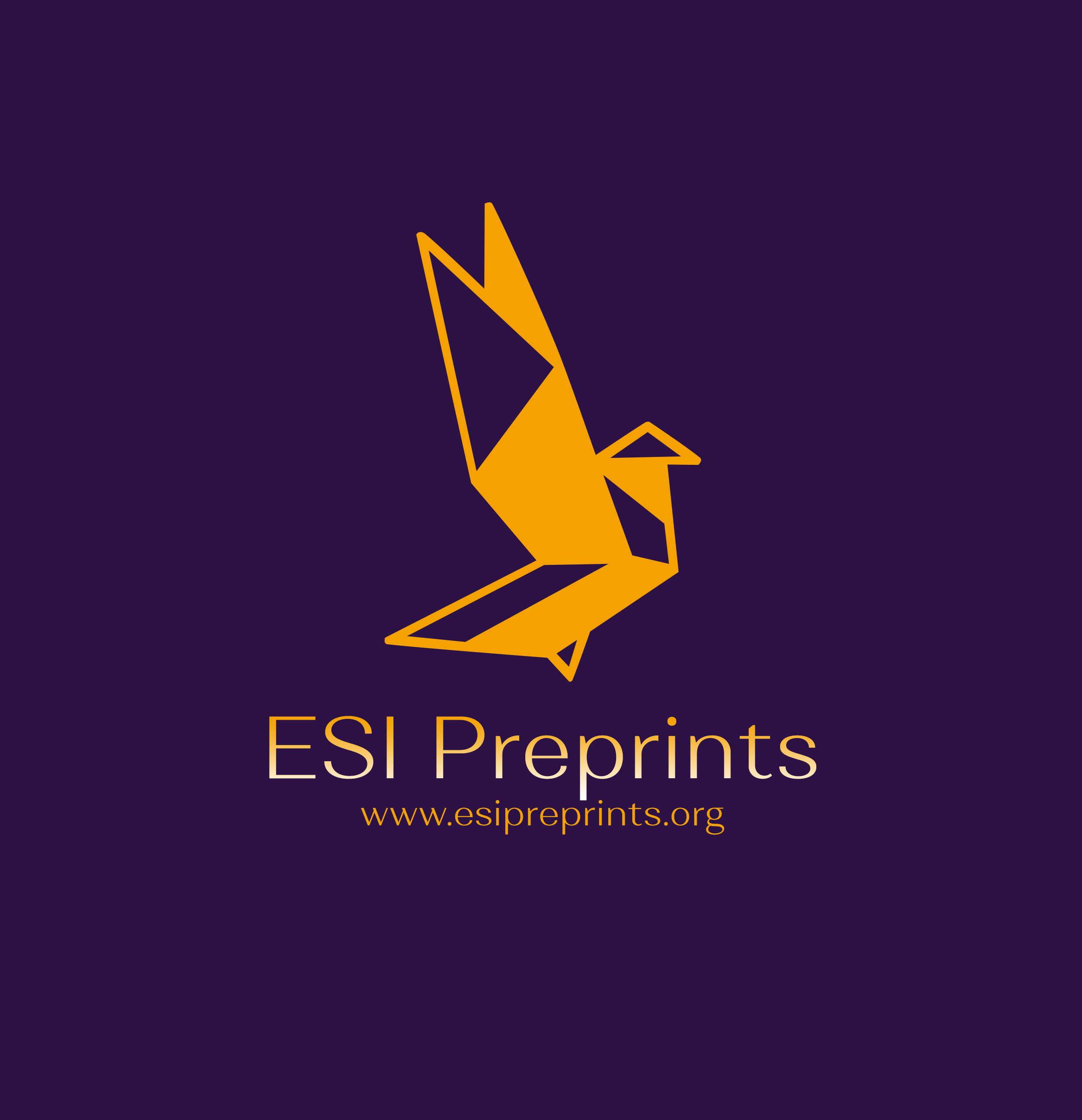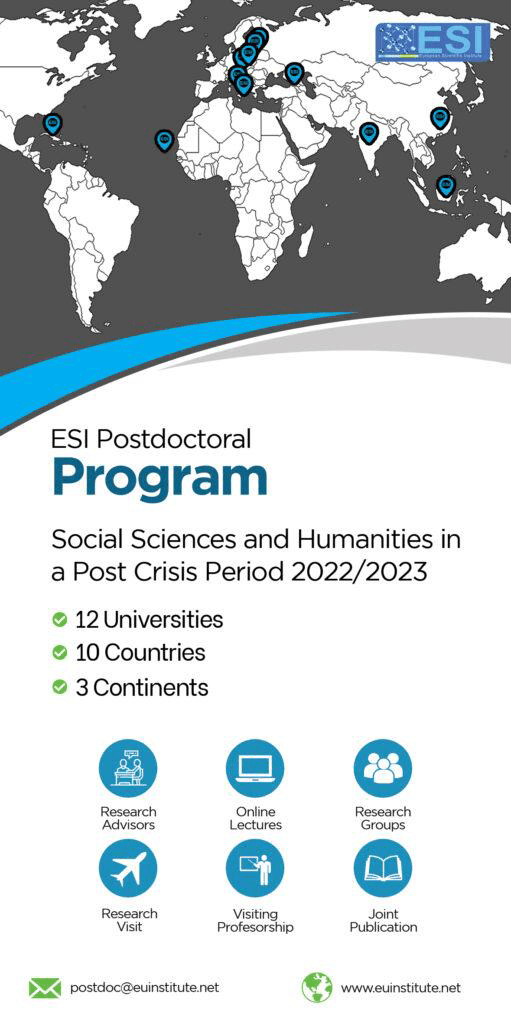Profil des adolescents atteints de syndrome drépanocytaire majeur suivis au service de pédiatrie du Centre Hospitalier Universitaire de Cocody
Abstract
Objectif : Décrire les caractéristiques socio-démographiques et cliniques des adolescents drépanocytaires suivis au Centre Hospitalier Universitaire (CHU) de Cocody. Méthodologie : Étude rétrospective analytique menée de janvier à décembre 2024 au service de pédiatrie du CHU de Cocody. Tous les adolescents drépanocytaires suivis durant cette période ont été inclus. Les données ont été analysées avec Excel et le test exact de Fisher (p < 0,05). Résultats : Sur 104 enfants suivis, 30 adolescents (28,8 %) ont été inclus. L’âge moyen était de 12,7 ± 1,8 ans (10–15 ans), avec un sex-ratio de 1,14. La scolarité était normale chez 66,7 %. Un niveau socioéconomique faible (33 %) était associé à une qualité de suivi insuffisante (p = 0,006) et une mauvaise observance thérapeutique (p = 0,004). Le faible niveau d’instruction maternel (40,7 %) contribuait également à une observance inadéquate (p = 0,04). Le génotype SS représentait 53,4 % des cas. Le traitement de fond reposait sur l’association Acfol-Tanakan (63,3 %). La couverture vaccinale spécifique restait faible : typhoïde (13,3 %), pneumocoque (23,3 %), méningocoque (23,3 %), grippe (20 %). Les principales complications étaient les crises vaso-occlusives (73,3 %) et les infections récurrentes (66,7 %). L’hémoglobine de base était < 8 g/dl dans 76,7 % des cas. Quarante-trois pour cent avaient réalisé quatre consultations annuelles, 33,3 % ont été hospitalisés une fois et 60 % n’avaient pas été transfusés. Le bilan annuel restait incomplet dans 43,3 %.
Conclusion : La qualité du suivi et l’observance dépendaient du niveau socioéconomique parental. L’amélioration des conditions de vie et la gratuité de la prise en charge sont nécessaires pour optimiser la qualité de vie des adolescents drépanocytaires.
Objective: The aim was to describe the socio-demographic and clinical characteristics of adolescents with sickle cell disease followed at the University Hospital of Cocody. Methodology: A retrospective analytical study was conducted from January to December 2024 in the pediatric department of Cocody University Hospital. All adolescents with sickle cell disease followed during this period were included. Data were analyzed using Excel and Fisher’s exact test (p < 0.05). Results: Of 104 children followed, 30 adolescents (28.8%) were included. The mean age was 12.7 ± 1.8 years (10–15 years), with a sex ratio of 1.14. School attendance was normal in 66.7% of cases. A low socioeconomic level (33%) was associated with poor follow-up quality (p = 0.006) and poor treatment adherence (p = 0.004). A low maternal educational level (40.7%) also contributed to inadequate adherence (p = 0.04). The SS genotype accounted for 53.4% of cases. Background treatment was mainly based on the Acfol-Tanakan combination (63.3%). Specific vaccination coverage remained low: typhoid (13.3%), pneumococcus (23.3%), meningococcus (23.3%), and influenza (20%). The main complications were vaso-occlusive crises (73.3%) and recurrent infections (66.7%). Baseline hemoglobin was < 8 g/dl in 76.7% of cases. Forty-three percent had four annual consultations, 33.3% had been hospitalized once, and 60% had not received transfusions. The annual check-up was incomplete in 43.3% of cases. Conclusion: The quality of follow-up and treatment adherence was closely linked to the parents’ socioeconomic level. Improving living conditions and ensuring free medical care are necessary to enhance the quality of life of adolescents with sickle cell disease.
Downloads
Metrics
References
2. Alain, F., Rahariniainasoa, A. A., Rakotondratsara, M. A., Betombo, F., Ramanarivo, N. M., Andrianarimanana, D., et al. (2022). Étude épidémio-clinique de la drépanocytose chez l’enfant au service de pédiatrie du CHU Mahajanga. Revue Malgache de Pédiatrie, 5(2), 98–105. https://somaped.com/assets/pdf/2022-2/14.pdf
3. Alsabri, M., Carfagnini, C., Amin, M., Castillo, F., Lewis, J., Ashkar, M., et al. (2023). Complementary and alternative medicine for children with sickle cell disease: A systematic review. Blood Reviews, 59, 110–152. https://doi.org/10.1016/j.blre.2023.101052
4. Babela, J. M., Mberi, F. M., Ikobo, L. O., Nika, E. R., Ngoulou, B. V. S., & Mandilou, S. M. (2018). La qualité de vie des adolescents atteints de drépanocytose homozygote suivis au CHU de Brazzaville (Congo). Bulletin de la Société de Pathologie Exotique, 111(1), 46–50. https://www.researchgate.net/publication/330962758
5. Bégué, P., & Castello-Herbreteau, B. (2001). La drépanocytose: de l’enfant à l’adolescent. Prise en charge en 2001. Bulletin de la Société de Pathologie Exotique, 94(2), 85–89. https://pathexo.societe-mtsi.fr/documents/articles-bull/T94-2-2314.pdf
6. Elie, A. D. A., Edem, D. K., Mawuse, G. K., Enyonam, T., Sitsofe, A., Luc, D. N., et al. (2021). Morbidité hospitalière de l’enfant drépanocytaire au CHU Sylvanus Olympio (Lomé). Health Sciences and Disease, 22(3), 10–13. https://doi.org/10.5281/hsd.v22i3.2605
7. Gayral-Taminh, M., Arnaud, C., Parant, O., Fournié, A., Rème, J. M., & Grandjean, H. (1999). Grossesse et accouchement de femmes originaires du Maghreb et d’Afrique noire suivies à la maternité du CHU de Toulouse. Journal de Gynécologie Obstétrique et Biologie de la Reproduction (Paris), 28(5), 462–471. http://www.em-consulte.com/article/113833/resume/grossesse-et-accouchement-de-femmes-originaires-du
8. Grobi, A. M., Mansou, K. A., Djoman, A. I., et al. (2025). Profile of sickle cell disease patients admitted for management of an acute complication in the Pediatrics Department of the Cocody University Hospital (CHU). Open Journal of Pediatrics, 15(4), 493–503. https://doi.org/10.4236/ojped.2025.154047
9. Inserm. (2020). Drépanocytose, la maladie génétique la plus fréquente en France. Inserm. https://www.inserm.fr/dossier/drepanocytose/
10. Keita, I. (2020). Aspects épidémiocliniques de la drépanocytose dans le service de pédiatrie de l’hôpital de Sikasso [Thèse de médecine, Faculté de Médecine et d’Odonto-Stomatologie, USTTB]. https://www.bibliosante.ml/bitstream/handle/123456789/3782/20M10.pdf?sequence=1&isAllowed=y
11. Kpakoutou, N. A. (2020). Complications pulmonaires chez les enfants drépanocytaires majeurs dans le département de pédiatrie du CHU Gabriel Touré [Thèse de médecine, Faculté de Médecine et d’Odonto-Stomatologie, USTTB]. https://bibliosante.ml/bitstream/handle/123456789/3840/20M129.pdf?sequence=1&isAllowed=y
12. Mahmouh, A. (2013). La drépanocytose chez l’enfant au service de pédiatrie à l’Hôpital Al Farabi Oujda [Thèse de médecine, Université Sidi Mohammed Ben Abdellah]. https://toubkal.imist.ma/bitstream/handle/123456789/22754/83-13.pdf?sequence=1
13. Ollandzobo Ikobo, L. C., Mouyabi Mberi, F. D., Nika, E. R., Missambou Mandilou, S., Ngoulou, B. S. A., M’Pemba Loufoua, A., et al. (2019). Suivi et état de santé de l’adolescent atteint de drépanocytose à Brazzaville (Congo). Bulletin de la Société de Pathologie Exotique, 112, 213–219. https://doi.org/10.3166/bspe-2019-0097
14. Organisation mondiale de la Santé. (2002). Services de santé adaptés aux adolescents : Un programme pour le changement [Rapport]. OMS. https://apps.who.int/gb/ebwha/pdf_files/wha59/a59_9-fr
15. Organisation mondiale de la Santé. (2014). La santé pour les adolescents du monde : une deuxième chance pour la deuxième décennie : sommaire [Rapport]. https://iris.who.int/handle/10665/141452
16. Steinberg, M. (1999). Management of sickle-cell disease. The New England Journal of Medicine, 340, 1021–1030. https://doi.org/10.1056/NEJM199904013401307
17. Timite-Konan, A. M., Akaffou, A. E., Adonis-Koffy, L., Yapo, M. G., & Welffens, E. C. (2003). Morbidité hospitalière de l’adolescent à Abidjan. Médecine d’Afrique Noire, 50(4), 163–168.
18. World Health Organization. (2024). Sickle-cell disease. World Health Organization. https://www.who.int/news-room/fact-sheets/detail/sickle-cell-disease
Copyright (c) 2025 André Marius Gro Bi, Komenan Amoro Mansou, Api Isabelle Djoman, Augustine Djivohessoun, Evelyne Adjokoua Kouadio, Assai Prisca N’Gatta, Domé Charlène Sorho, Ahou Corine Goli, Michèle Kone, Marie-Evelyne Dainguy, Kouamé Cyprien Kouakou, Marie Hélène Ake-Assi Konan, Amorissani Amah Folquet

This work is licensed under a Creative Commons Attribution 4.0 International License.








